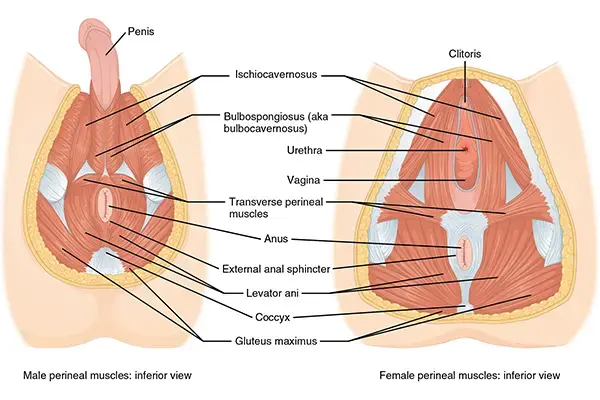What is Pelvic Floor Reconstruction?
Pelvic floor reconstruction is a surgical procedure designed to restore the normal structure and function of the pelvic floor. This area comprises muscles, ligaments, and connective tissues that support the pelvic organs, including the bladder, uterus, vagina, and rectum. Pelvic floor dysfunction can occur due to childbirth, aging, obesity, or other medical conditions, leading to issues such as pelvic organ prolapse, urinary incontinence, and fecal incontinence. Pelvic floor reconstruction aims to correct these problems and improve the patient’s quality of life.

The Pelvic Floor Reconstruction Procedure: Step-by-Step
1. Preoperative Evaluation
Before the surgery, the patient undergoes a comprehensive evaluation, including a physical examination, medical history review, and diagnostic tests such as pelvic ultrasound, MRI, or urodynamic studies. This helps the surgeon understand the extent of the dysfunction and plan the appropriate surgical approach.

2. Anesthesia
Pelvic floor reconstruction is typically performed under general or regional anesthesia to ensure the patient is comfortable and pain-free during the procedure.

3. Surgical Access
The surgeon makes an incision either through the abdomen (abdominal approach) or the vagina (vaginal approach) to access the pelvic floor structures. The choice of approach depends on the specific condition being treated and the surgeon’s expertise.

4. Repairing the Pelvic Floor
Using specialized surgical instruments, the surgeon repairs and reinforces the weakened or damaged pelvic floor tissues. This may involve repositioning the pelvic organs, tightening the pelvic muscles, and using synthetic mesh or biological grafts to provide additional support.

5. Closing the Incision
Once the reconstruction is complete, the surgeon closes the incision with sutures or surgical staples. The patient is then moved to a recovery area for monitoring.

6. Postoperative Care
After the surgery, the patient receives postoperative care instructions, including guidelines on pain management, activity restrictions, and follow-up appointments. Physical therapy may also be recommended to strengthen the pelvic floor muscles and enhance recovery.

Benefits of Pelvic Floor Reconstruction

- Improved Quality of Life: Alleviates symptoms of pelvic organ prolapse and incontinence, enhancing overall well-being.
- Enhanced Pelvic Support: Restores the normal structure and function of the pelvic floor, providing better support for pelvic organs.
- Reduced Pain and Discomfort: Minimizes pelvic pain and discomfort associated with pelvic floor dysfunction.
- Increased Physical Activity: Allows patients to engage in physical activities without the limitations imposed by pelvic floor issues.
How Dr. Ravina Bhesania Can Help
Dr. Ravina Bhesania is a leading gynecologist and pelvic floor specialist in Surat, India, with extensive experience in pelvic floor reconstruction surgery. Her expertise in minimally invasive techniques and personalized patient care ensures the best possible outcomes for those suffering from pelvic floor dysfunction. Dr. Bhesania works closely with each patient to develop a tailored treatment plan that addresses their unique needs and helps them achieve optimal health and recovery.
FAQs
Conclusion
Pelvic floor reconstruction is a highly effective surgical option for treating a range of pelvic floor dysfunctions. With the expertise of specialists like Dr. Ravina Bhesania in Surat, India, patients can expect comprehensive care and successful outcomes. If you are experiencing symptoms of pelvic floor dysfunction, contact Dr. Ravina Bhesania for a consultation and explore your options for advanced treatment.
Contact Dr. Ravina Bhesania for a consultation and explore your options for pelvic floor reconstruction today.
